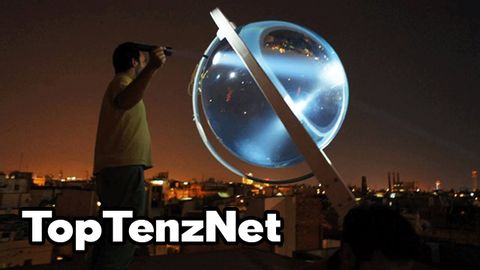
字幕與單字
替代能源的十大不可思議的替代品 (Top 10 INCREDIBLE Alternatives to Alternative ENERGY)
00
richardwang 發佈於 2021 年 01 月 14 日收藏
影片單字
produce
US /prəˈdus, -ˈdjus, pro-/
・
UK /prə'dju:s/
- n. (u.)農產品
- v.t.(自然地)生產;使。 。 。產生;(機器)生產製造;製作(電影、節目);造成
A1 初級初級英檢
更多 使用能量
解鎖所有單字
解鎖發音、解釋及篩選功能
